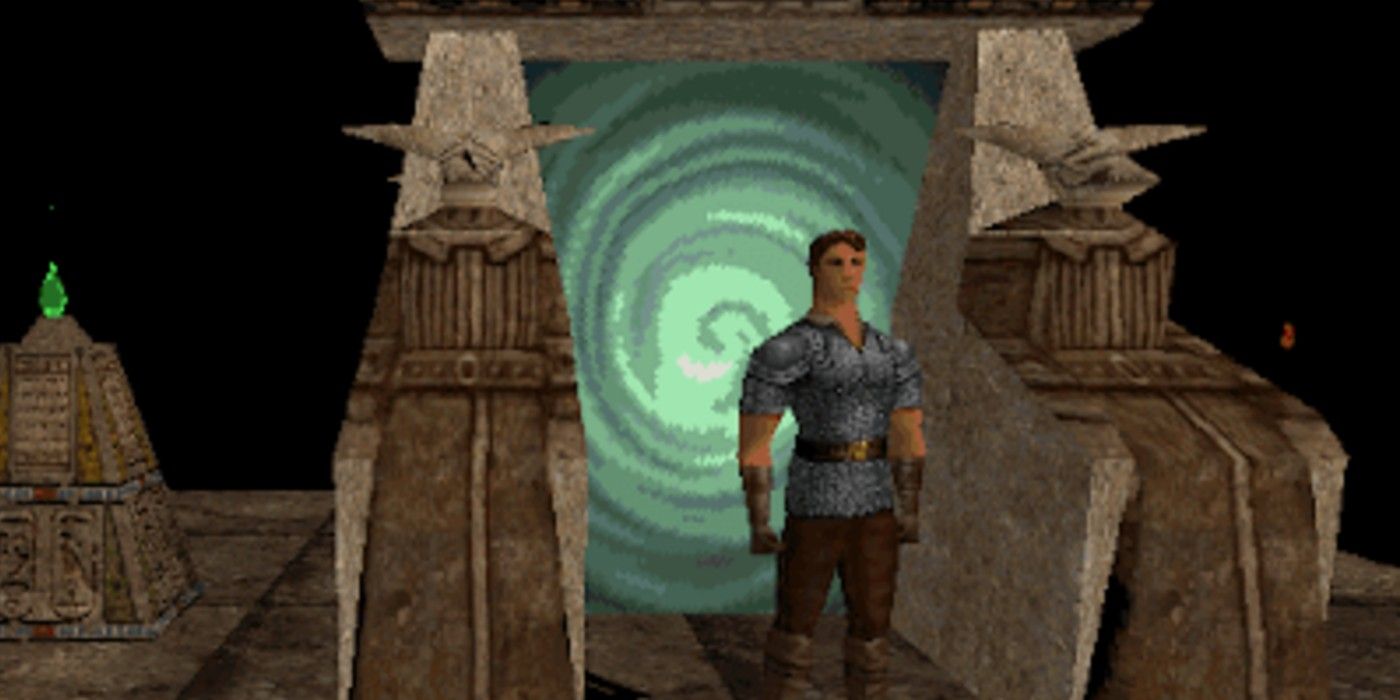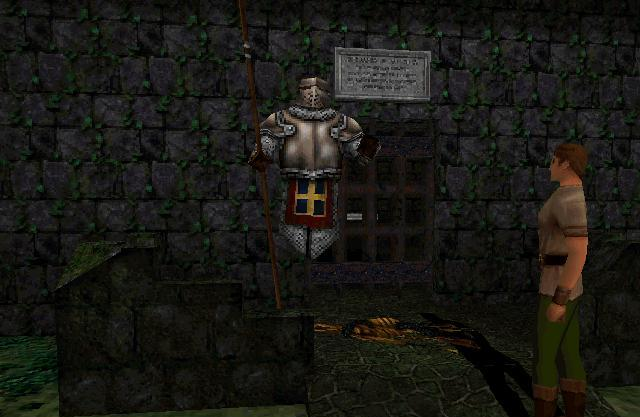King’s Quest: Mask of Eternity was the eighth and final game in the King’s Quest series. The iconic gaming franchise from Sierra On-Line began in 1984 and continued releasing adventure games throughout the 90’s. However, Mask of Eternity was very different from previous King’s Quest titles, much to fans dismay.
Previous installations of King’s Quest saw the player move through a text-based adventure looking for treasure while trying to score the maximum amount of points. The characters, the royal family of Daventry, each had their own games throughout the franchise. Sir Graham becomes King Graham in the original game, Prince Alexander, Graham’s son, is the protagonist in King’s Quest VI, and the player takes a spin as Princess Rosella in the fourth game. Eventually the games moved away from a text parser system in favor of point-and-click mechanics.
A huge reason King’s Quest: Mask of Eternity wasn’t a hit with fans was because the story left the royal family behind and went in a new direction with a brand new character. This character, called Connor of Daventry, is very much like Sir Graham in the first title, but by this time fans had moved on. Connor’s quest saw him move through Daventry and cover similar plot points from previous games, but the overall playstyle of the game felt different than previous titles.
How King's Quest 8 Is So Different
Mask of Eternity was the first game in the series not to heavily feature a pop culture pun in the title, such as its predecessors Absence Makes the Heart Go Yonder or The Princeless Bride. The eight King's Quest game broke the mold by adding a heavy influence on combat, something which was almost completely new to the series. Previously, the player had been rewarded for finding less violent puzzle solutions, being given a higher ending score if they avoided violence.
The most noticeable change given to the final game in the series, and the biggest complaint of fans, was the new art style. Gone were the previous 2D cartoonish character animations, replaced with 3D models and textured surfaces. Buildings had different interior and exterior textures, and could be interacted with. All this graphic data was so large and tough to process in 1998 that designer Roberta Williams had to build the game on the 3Space engine, a program initially designed for flight simulators. Williams, a 90’s gaming icon, needed over a year to redesign 3Space until it fit the game’s needs.
Overall, the game was poorly received. Fans of the franchise didn’t fall in love with the new character, and fans of other adventure games found the plot slow and too combat-heavy. The game was so poorly received that it effectively killed the franchise, and any plans for King’s Quest IX were scrapped. It was nominated for almost a dozen awards but lost the majority of them to LucasArts’ Grim Fandango. The 2015 remake of King’s Quest heavily featured tales from previous games, but largely left out any plot points from Mask of Eternity.


